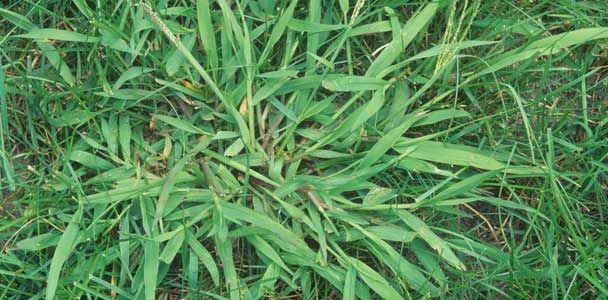We may be compensated if you purchase through links on our website. Our team is committed to delivering honest, objective, and independent reviews on home products and services.
Weeds in your lawn can be more than just unsightly nuisances. They’re nature’s way of showing you issues with your soil and grass health. By understanding what these opportunistic plants are trying to tell you, you can take steps to improve your lawn’s overall condition and naturally reduce weed growth. Let’s explore some common lawn weeds and what their presence might reveal about your yard’s health.
Weeds Can be Unwelcome Messengers
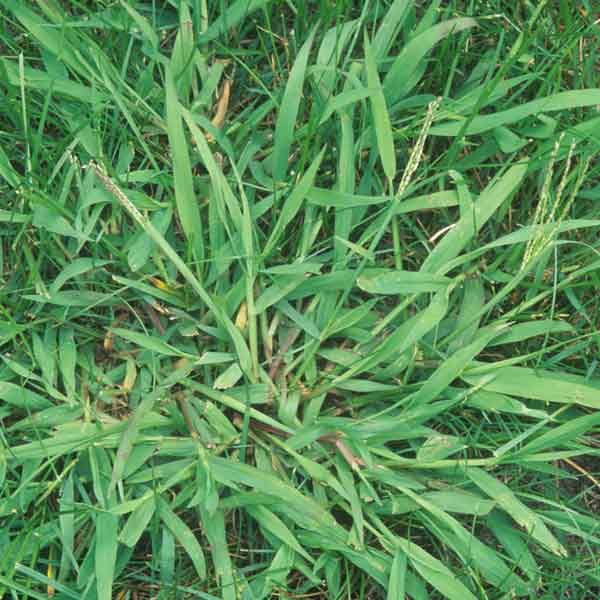
Weeds are opportunistic plants that thrive in conditions unfavorable to your desired grass. They often appear in response to specific growing conditions that benefit them but harm your lawn’s health. By finding these weeds and knowing what they mean, you can use them to find and fix problems in your soil and improve your lawn care.
Crabgrass
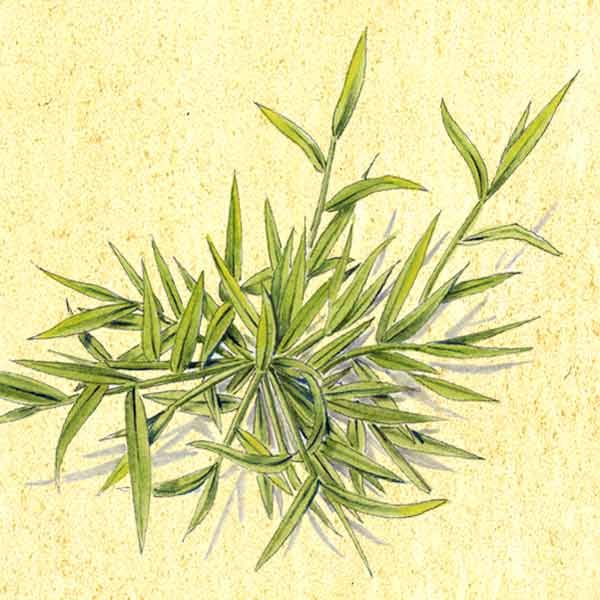
Condition: Scalped turf
Fix: Raise the height of your mower blades
Crabgrass is a common annual weed that thrives in areas where grass is cut too short. If you mow your yard too low, it exposes the soil to more sunlight, creating ideal conditions for crabgrass seeds to germinate. To combat this issue, adjust your mower to a higher setting.
Taller grass shades the soil, preventing crabgrass seeds from sprouting and allowing your lawn to outcompete this pesky weed. When combating crabgrass, consistency is key. Make sure you’re also following other good lawn care practices, such as regular watering and fertilizing.
Common Plantain
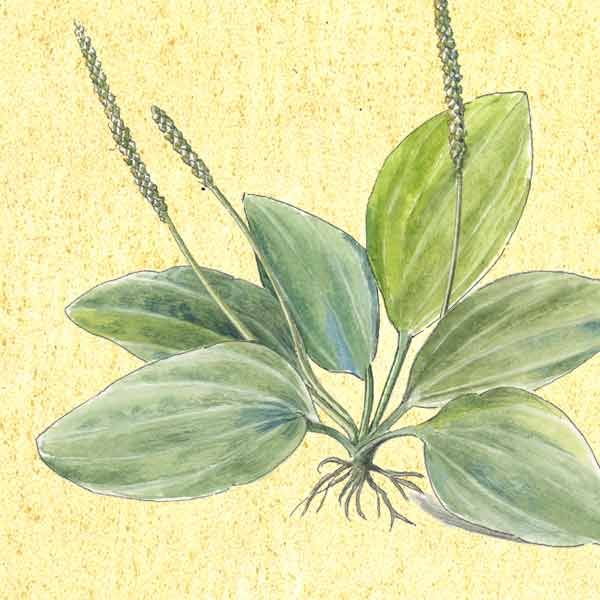
Condition: Wet or slow-draining soil
Fix: Reduce watering and regrade for better drainage or replace the area of lawn with a rain garden
Common plantain thrives in moist, compacted soil with poor drainage. Its presence often means you’re overwatering or have low areas where water tends to pool. To address this issue, first assess your watering habits and adjust accordingly.
If the problem persists, consider improving soil drainage through aeration or regrading the affected area. In severe cases, transforming the space into a rain garden can be an attractive and eco-friendly solution.
A rain garden provides aesthetic value while serving a practical function. Besides improving drainage, these gardens can support local ecosystems by attracting beneficial insects and birds. This eco-friendly choice not only solves your problem but also contributes positively to your surroundings.
White Clover
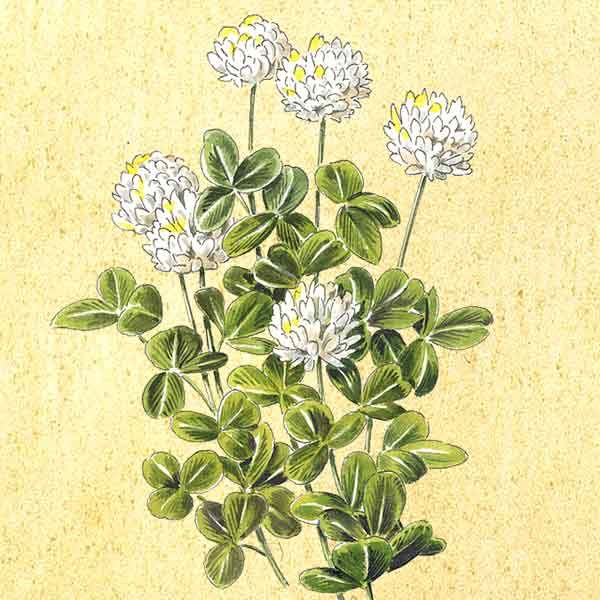
Condition: Low soil fertility
Fix: Run a soil test and apply organic fertilizer as recommended
White clover often appears in lawns with low nitrogen levels. While clover can benefit your lawn by fixing nitrogen levels in the soil, its presence may indicate that your grass isn’t getting enough nutrients. Conduct a soil test to determine which nutrients it is lacking, then add an organic fertilizer to restore balance. This will help your grass outcompete the clover naturally.
Incorporating organic fertilizers such as compost or manure improves nitrogen levels and overall soil health. These natural fertilizers enrich the soil with various nutrients, keeping your grass robust and better equipped to fend off clover and other weeds.
Creeping Charlie
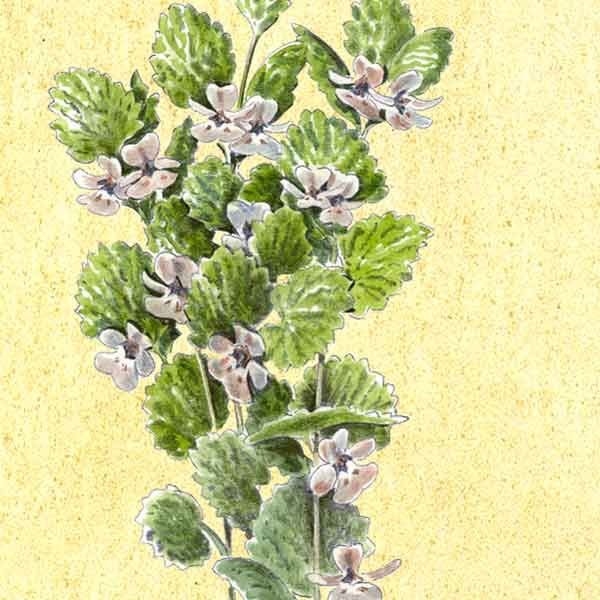
Condition: Too much shade
Fix: Overseed with shade-tolerant grass varieties
Creeping Charlie, also known as ground ivy, thrives in shaded areas where grass struggles to grow. Its presence often means that your lawn isn’t receiving enough sunlight. To address this issue, consider pruning nearby trees to allow more light to reach your lawn.
Additionally, overseed the affected areas with shade-tolerant grass varieties that can better compete with creeping Charlie in low-light conditions. Varieties such as fine fescue or certain types of ryegrass can thrive in limited sunlight, keeping your lawn lush and healthy even in shaded spots.
Knotweed
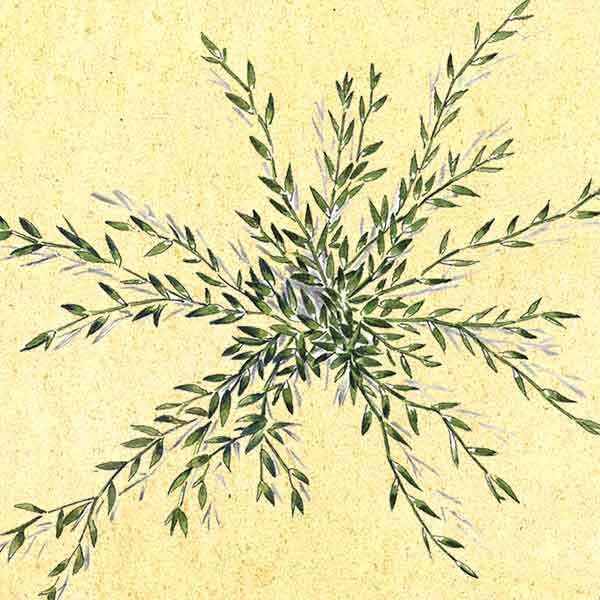
Condition: Compacted or heavy soil
Fix: Aerate areas prone to heavy foot traffic yearly
Knotweed is a hardy weed that often appears in compacted soil, particularly in high-traffic areas of your lawn. It grows in areas that are too dense for grass roots to thrive. To remove knotweed and prevent it from regrowing, aerate your lawn annually, focusing on areas that receive heavy foot traffic.
This process creates small holes in the soil, allowing air, water, and nutrients to penetrate deeper, promoting healthier grass growth, and discouraging knotweed. In addition to annual aeration, consider regular top-dressing with compost. This practice improves soil structure over time, making it less prone to compaction and better suited for healthy grass growth.
Dandelions
Condition: Soil compaction and nutrient imbalance
Fix: Aerate the lawn and improve soil fertility through organic amendments.
Dandelions are the most recognizable lawn weed, with their bright yellow flowers and distinctive seed heads. While many consider them a nuisance, their presence can actually provide valuable information about your soil’s health.
Dandelions often thrive in compacted soil with imbalanced pH levels. Their long taproots can break through dense soil, also showing areas that need aeration. Additionally, dandelions may signal a calcium deficiency in your soil. Aerate your lawn and consider adding organic matter such as compost to improve soil structure and nutrient content to prevent dandelion growth.
Our Conclusion
Understanding what lawn weeds are trying to tell you is key to maintaining a healthy, lush lawn. By identifying common weeds and fixing the underlying conditions, you can naturally improve your lawn’s health and reduce weed growth. Focus on creating optimal growing conditions for your grass through proper mowing, watering, and soil management practices to prevent these common weeds from wreaking havoc on your lawn.
